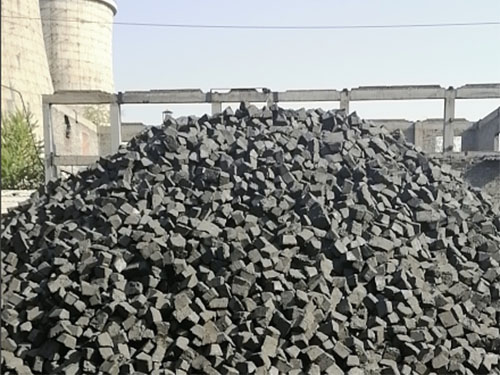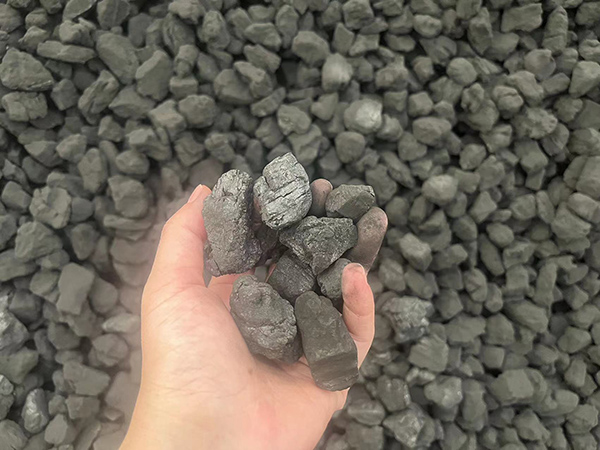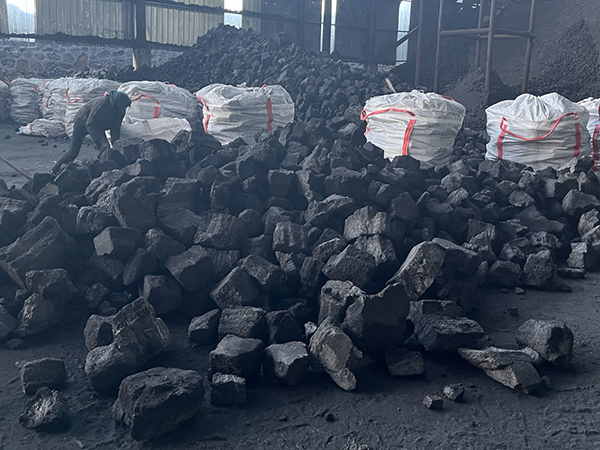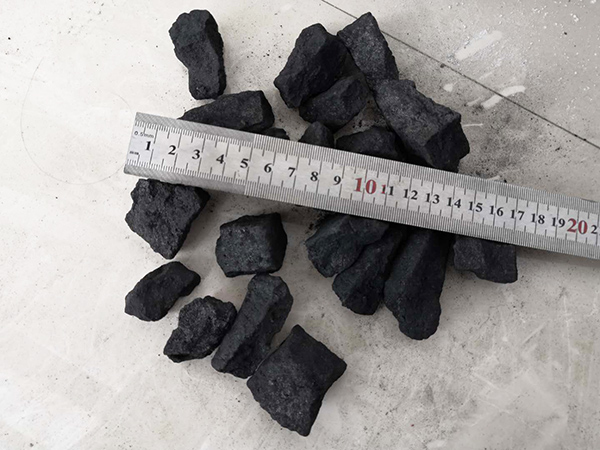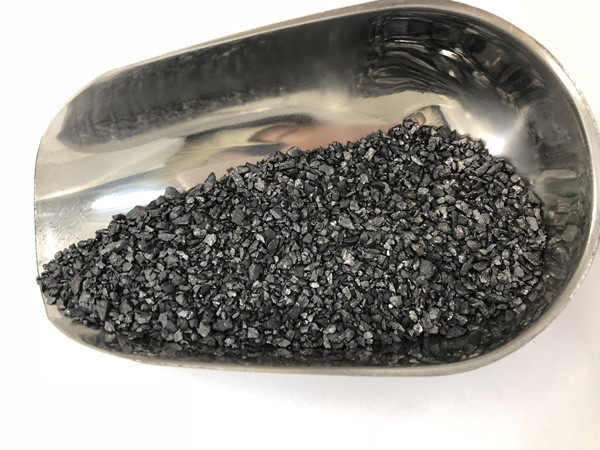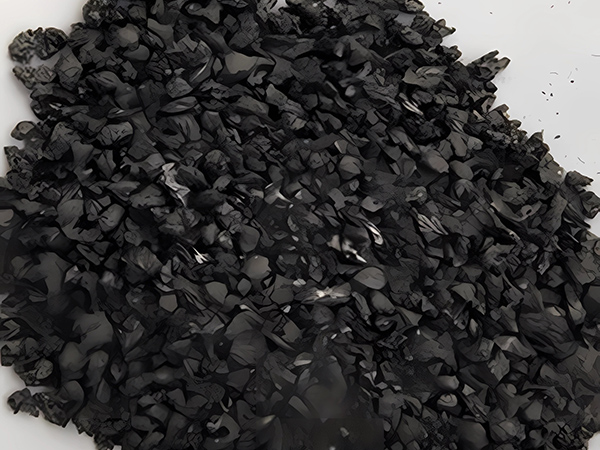Dry quenching coke
Under the guidance of the "dual carbon" goals and increasingly stringent environmental regulations, the foundry coke industry is facing unprecedented environmental challenges. The traditional production process of foundry coke is characterized by high energy consumption and significant emissions of waste gas, wastewater, and solid waste, which severely constrain the industry's sustainable development. The Ministry of Ecology and Environment has explicitly proposed to include foundry coke in the "Directory of Energy Efficiency Benchmark Levels for High Energy-consuming Industries." At the same time, pollutant emission standards have been continuously tightened, with more rigorous limits imposed on the concentrations of sulfur dioxide, nitrogen oxides, and particulate matter.
Dry quenching coke(CDQ) technology offers multiple advantages, including energy conservation, environmental protection, and improved coke quality. Compared with the conventional wet quenching process, it can recover the sensible heat from red-hot coke for power generation, achieving approximately 50–60 kWh of electricity per ton of coke produced, while significantly reducing emissions of pollutants such as dust and sulfur dioxide. Furthermore, some enterprises have adopted advanced desulfurization, denitrification, and dust removal equipment to perform deep purification treatment on exhaust gases generated during production. In terms of wastewater management, recycling technologies are being implemented to achieve efficient water utilization and zero liquid discharge. It is projected that by 2027, the adoption rate of dry quenching coke technology in the foundry coke industry will exceed 40%, overall pollutant emission intensity will decrease by 22%, and the industry’s green development level will be significantly enhanced.

